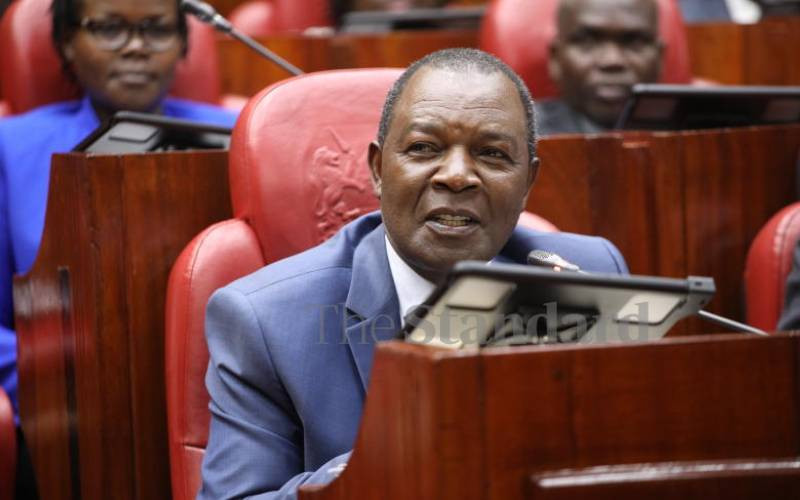×
The Standard e-Paper
Truth Without Fear

The forex market was thrown into a spin this week with the exchange rate of the shilling to the dollar appearing to be on a free walk across the commercial banks.
A quick scan of the rates posted online showed the best rates on offer being by Equity Bank, buying the US$ at Sh135.8 and selling at Sh140.8 at the close of the markets on Thursday.